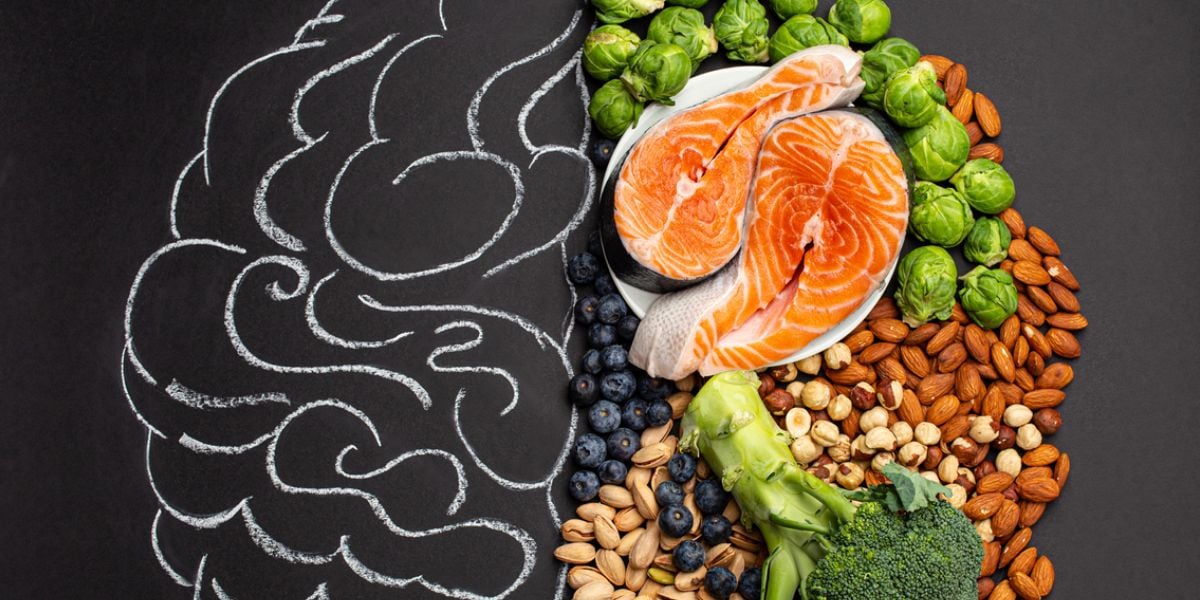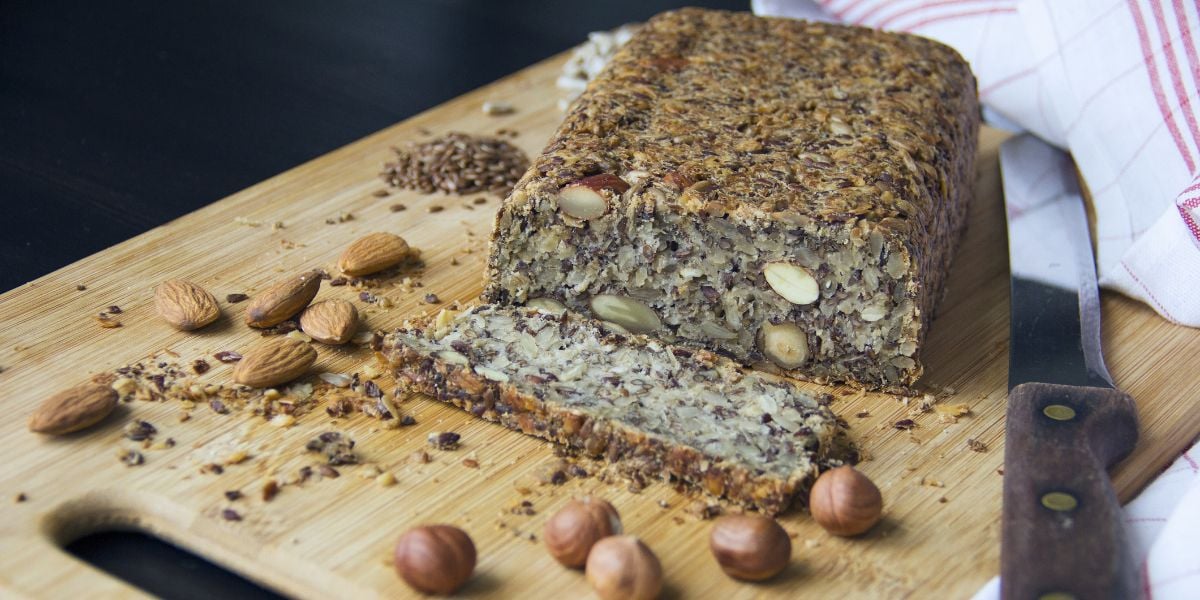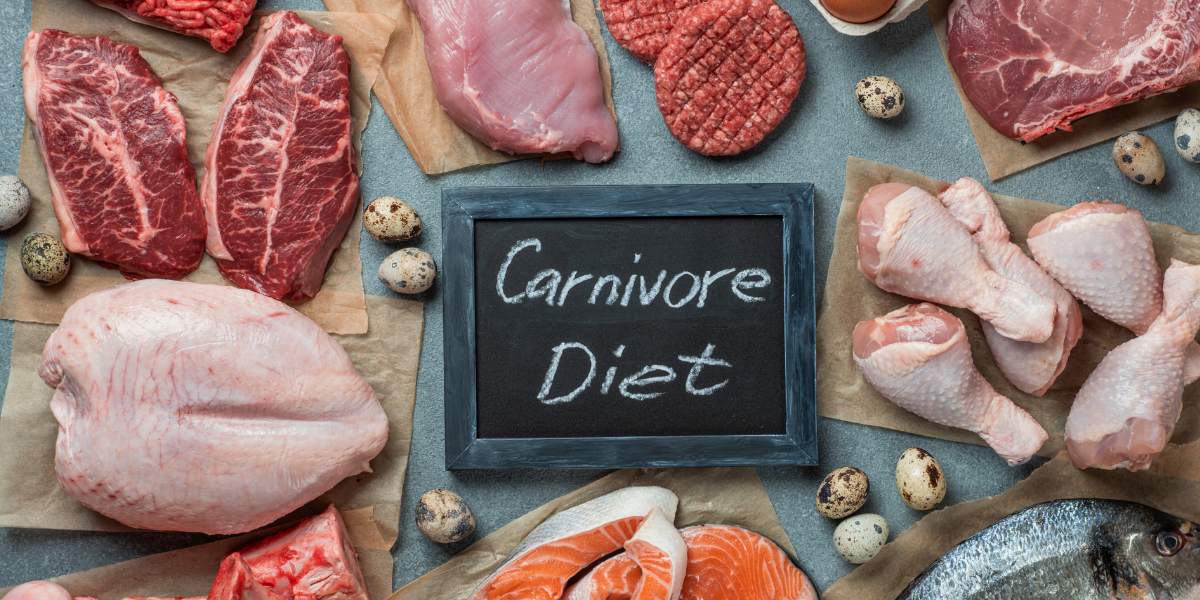Portion distortion refers to the growing portion sizes that people call ‘normal’. If you have diabetes, you already have to watch what you eat – so controlling portion distortion is essential.
If you have a diagnosis of diabetes, you tend to have to change your attitude to food. If you have Type 1 diabetes you are likely to start to learn about ‘counting’ carbohydrates and understanding how your body uses food in relation to the insulin doses you choose to inject.
But you’re still huma, still need to eat and just as likely to be skinny, fat, faddish, or have freaky food tastes as any one else.
Diet isn’t all about weight loss
Type 2 diabetics may we have developed their condition as a result of having too much weight than is healthy, but not necessarily. Diet is not necessarily about weight loss Diet is just what you eat. And all of us need to review what we eat once a while, to check we’re not getting into bad habits that will bring us unwanted side effects.
Trying not to pile on the pounds
Having diabetes can put a strain on your heart, and carrying excess fat is a double-whammy. And type 1s can get fat too, and could even induce ‘double diabetes’ – insulin dependent diabetes with some insulin resistance as well.
You’re far better off trying to avoid getting Type 2 , and one way to help is to get to know what a portion of any particular food is, and stick to it.
Every now and then check if what you think is a portion of cheese has not grown in fact to be a rather too generous portion.
- Did you know that a portion of hard cheese should be about the size of a 9-volt battery?
- Which is not much bigger than a match box?
One or other of those should give you a visual idea in your head of what the portion should be.
It’s not the size of a mobile phone (and yes, of course they all vary – as do cheeses! – but you get the idea, a portion of cheese isn’t that big).
Attitudes to food
Keeping an eye on your own attitude to food is a way of being ‘mindful’ about what you eat – and being mindful can often lead to a far greater enjoyment of what you are eating. It’s not much more than taking a few minutes a week to stop and think. Do I really need to buy the two-for-one offer? Am I buying it because it’s a bargain and I like a bargain, or am I buying it because it’s a great food and a great offer?
How do you know what a portion is of any particular food?
In a lot of cases you can figure it out from the labels that most foods now carry.
Or, you can do it manually and literally weight stuff out. If you don’t have scales, then use a familiar cup or mug in the kitchen and maybe use that to show that a mug full of rice or pasta is the right portion for you to have with your dinner.
You can even use your hands. A potato about the size of your own closed fist might be all you need to go with your tea.
Using distinct portion sizes
Using an object – instead of just ‘eye-balling’ your food – is a good habit to get into.
If you want to take a more professional approach you can look at things like The Diet Plate , which was specifically designed to stop portion distortion (so long as you don’t cheat – and of course if you do cheat, you know you’re just cheating yourself).
Or pick out a set of snazzy measuring spoons or cups (Nigella Lawson does a nice set, and at £25 you can truly convince yourself that you’ve given yourself a real treat and maybe that will help you to keep using them!).
That way, if you’re using nice kitchen kit, you can make it less of a chore to undertake.
Consider using a food diary too. Writing things down for a week or two and then going back and looking for patterns might help you notice when your biggest, baddest habits are happening, and you can plan to address them.





